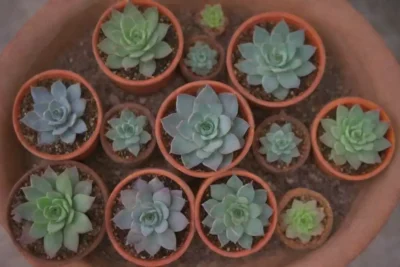
Succulent Tilling: An Artisan Craft Idea for Plant Lovers
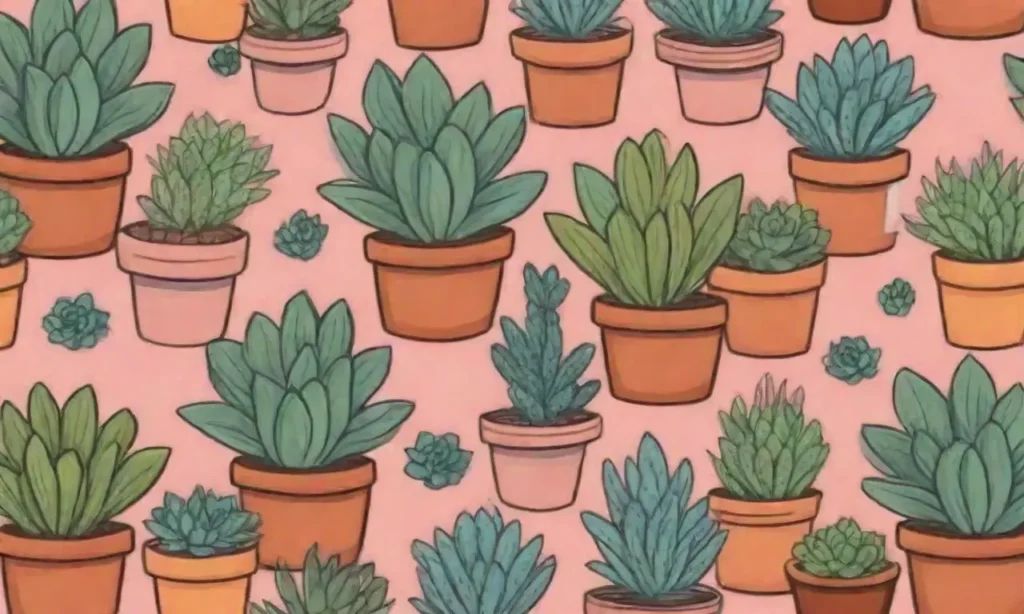
Introduction
In recent years, the fascination with succulents has grown astronomically among plant enthusiasts and home decorators alike. These hardy, water-storing plants have gained popularity for their stunning variety, ease of care, and the ability to thrive in various environments, making them the perfect centerpiece for indoor and outdoor gardens. The combination of their attractive aesthetics and low maintenance needs has made them a favorite among gardening novices and seasoned professionals.
This article delves into the delightful world of succulent tilling, a unique artisan craft that allows plant lovers to express their creativity while also creating beautiful living art. We will explore what succulent tilling involves, the materials required, the techniques for crafting stunning succulent arrangements, and tips for maintaining your living art installations. Get ready to unleash your inner artisan and transform your space with these delightful designs that will have all plant lovers green with envy!
What is Succulent Tilling?
Succulent tilling is a creative gardening technique that involves arranging various succulents in aesthetically pleasing designs, often in natural or rustic containers. This method is a booming trend in today’s crafting culture, where people actively seek out ways to blend art and nature. The term "tilling" can evoke images of traditional gardening practices; however, it takes a fresh twist in this context, emphasizing crafting with succulents rather than soil cultivation.
At the core of succulent tilling is the concept of creating living art pieces. By combining different types of succulents—ranging from Echeveria to Haworthia—crafters not only create stunning displays but also engage with the joy of nurturing living plants. Each arrangement can convey the maker’s personality and aesthetic preference, be it minimalist, vibrant, or even whimsical. The beauty of succulent tilling lies in its versatility; it can be an avenue for self-expression and a form of therapeutic engagement with nature.
Moreover, succulent tilling is ideal for those looking for innovative ways to decorate their homes or personal gardens. It encourages the use of discarded items and repurposing everyday materials into eye-catching planters. From coffee mugs to old wooden crates, anything can serve as a vessel for your succulent arrangements, making this crafting idea not only fun but also sustainable.
Gathering Your Materials
Before diving into the art of succulent tilling, it’s essential to gather the right materials. These can vary based on your project, but there are several core components you will need to get started. Understanding what each item brings to your succulent display will help you tailor your arrangements to suit your personal style.
Containers
One of the first items to consider is the container. This could be anything from terracotta pots to repurposed glass vessels, wood boxes, or even old teacups. When selecting a container, it’s necessary to ensure there is adequate drainage to prevent root rot, which is a common issue with succulents. If your chosen container doesn’t have drainage holes, consider placing a thin layer of pebbles at the bottom to create space for excess water to flow away from the roots.
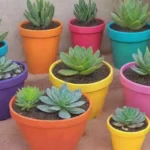 DIY Succulent Planters: Fun Ideas for All Skill Levels and Ages
DIY Succulent Planters: Fun Ideas for All Skill Levels and AgesSoil and Substrate
Succulents thrive in a special type of potting mix designed to drain well. Look for a soil blend specifically formulated for cacti and succulents, or you can create your own mix by combining regular potting soil with sand, perlite, or pumice. The goal is to provide a medium that allows excess moisture to escape quickly while still retaining some moisture for the plants to absorb. Proper soil composition will lead to healthier plants and longer-lasting arrangements.
Succulents
Next, let's discuss succulents themselves. When selecting plants, consider mixing a variety of shapes, sizes, and colors to create a dynamic and visually appealing arrangement. Top choices for succulent tilling include Jade plants, Sedum, Aloe vera, and Echeveria. Their diverse foliage and adaptability make them fantastic pushers of creativity. Be sure to consider the growth habits of your succulents, as some may rapidly outgrow others or prefer more sunlight.
Additional Tools
Some additional items to consider are gardening gloves, small hand tools, decorative stones, and other embellishments that allow you to personalize your arrangements. These tools can assist in ensuring each plant is placed precisely and securely, raising the level of artistry within your creation.
Techniques for Succulent Tilling
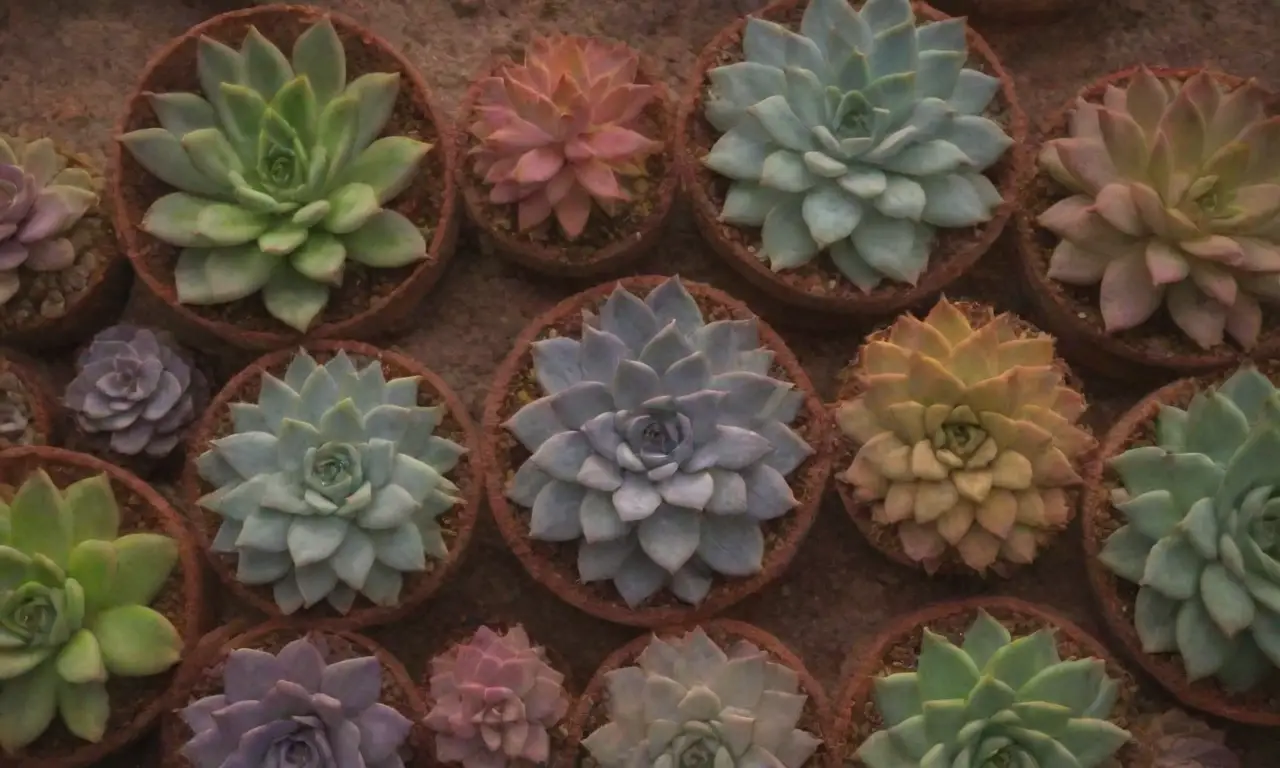
Once your materials are gathered, it's time to engage in the delightful process of succulent tilling. This involves several careful techniques to ensure your arrangement is both beautiful and sustainable. While lots of artistic license exists, following these steps will provide a solid foundation for your creations.
Planning Your Design
Start by sketching out a design or layout for your succulent arrangement. Consider different heights, textures, and colors as you formulate your plan. It can help to lay out the succulents in the container without potting them first, allowing you to experiment with different combinations and placements. Remember that focal points (larger or more colorful succulents) will draw the eye, while smaller or less vibrant succulents can serve to fill the surrounding spaces, creating harmony.
Planting Succulents
Once you’ve settled on a design, begin placing the succulents into the container. Be cautious of the roots; avoid pulling or bending them excessively. If your chosen container doesn’t have drainage holes, add a barrier layer of activated charcoal over the pebbles before adding soil. Subsequently, fill the container with your prepared succulent soil, leaving enough space for the succulents to nestle in without crowding. Plant each succulent by digging a small hole in the soil and gently placing the plant inside before firming the soil around it to stabilize the plant.
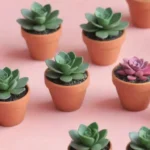 DIY Succulent Candle Holders for a Stylish Ambiance
DIY Succulent Candle Holders for a Stylish AmbianceAdding Finishing Touches
Finally, consider adding decorative elements to your succulent arrangement. These could include colored pebbles, driftwood, or small figures that resonate with your personal taste. These finishing touches can elevate your succulent display into something truly unique and expressive. Just be sure to keep decorative elements from touching the plants to avoid any potential damage or hindered growth.
Caring for Your Succulent Arrangements
Creating a beautiful succulent arrangement is only half the process; understanding how to care for your living artwork is equally essential. Proper care will ensure your succulent tiling continues to flourish, providing you with enjoyment and beauty for years to come.
Watering Guidelines
Underestimating the power of watering can lead to various issues. Succulents require less water than typical houseplants, so it’s crucial to adopt a suitable watering routine. It’s generally best to allow the soil to dry out entirely between waterings. As a rule of thumb, aim to water approximately every two weeks during the growing season (spring to fall) and reduce watering during the dormant winter months. When watering, do so at the base of the plant to avoid rot and allow excess water to escape through the drainage system.
Sunlight Requirements
Understanding and catering to the light needs of your succulents is imperative. Most succulents thrive in bright, indirect light; however, some can handle direct sunlight. Observe how your plants respond to their surroundings, and feel free to rearrange them if they show any signs of distress, such as stretching towards the light or sunburned leaves.
Pest Control
Being aware of potential pest issues is also essential in succulent care. Common pests include mealybugs, aphids, and spider mites. Regularly inspect your plants for signs of infestation, and treat any issues promptly by isolating affected plants and using organic insecticides, such as neem oil, when necessary. A proactive approach will keep your artistic arrangements healthy and vibrant.
Conclusion
Succulent tilling is more than a simple trend; it's an artistic craft that blends the beauty of nature with personal expression. By gathering the right materials, mastering the necessary techniques, and understanding care requirements, anyone can create stunning displays that bring joy to their living spaces. This artisan craft resonates with plant lovers who appreciate the elegance of succulents and seek to showcase them in unique and customizable arrangements.
Engaging in succulent tilling also serves as a wonderful outlet for relaxation and creativity. The process allows individuals to tap into their artistic side while engaging with the therapeutic aspect of plant care. As you embark on your succulent tilling journey, remember to enjoy every step of the process—from constructing your arrangement to nurturing and watching it thrive.
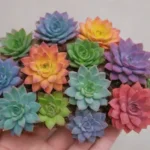 Succulent Magnets: How to Make Adorable Fridge Decor
Succulent Magnets: How to Make Adorable Fridge DecorIn a world that often feels disconnected from nature, succulent tilling offers a refreshing way to bring the outdoors in. By cultivating these enchanting displays, you are not just creating beautiful designs but also fostering a sense of mindfulness, patience, and a deeper connection to the natural world. So gather your supplies, unleash your creativity, and let your succulent arrangements flourish as a testament to your artistry!
If you want to read more articles similar to Succulent Tilling: An Artisan Craft Idea for Plant Lovers, you can visit the Craft Ideas category.

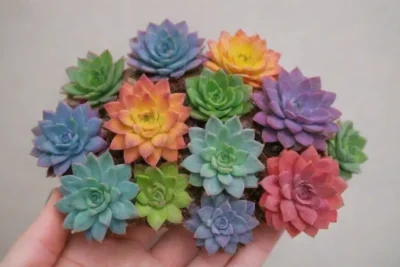
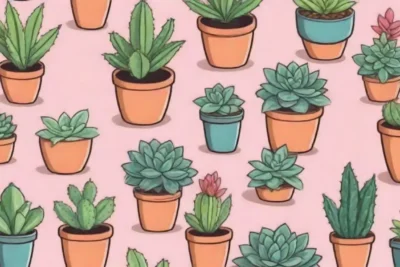
You Must Read